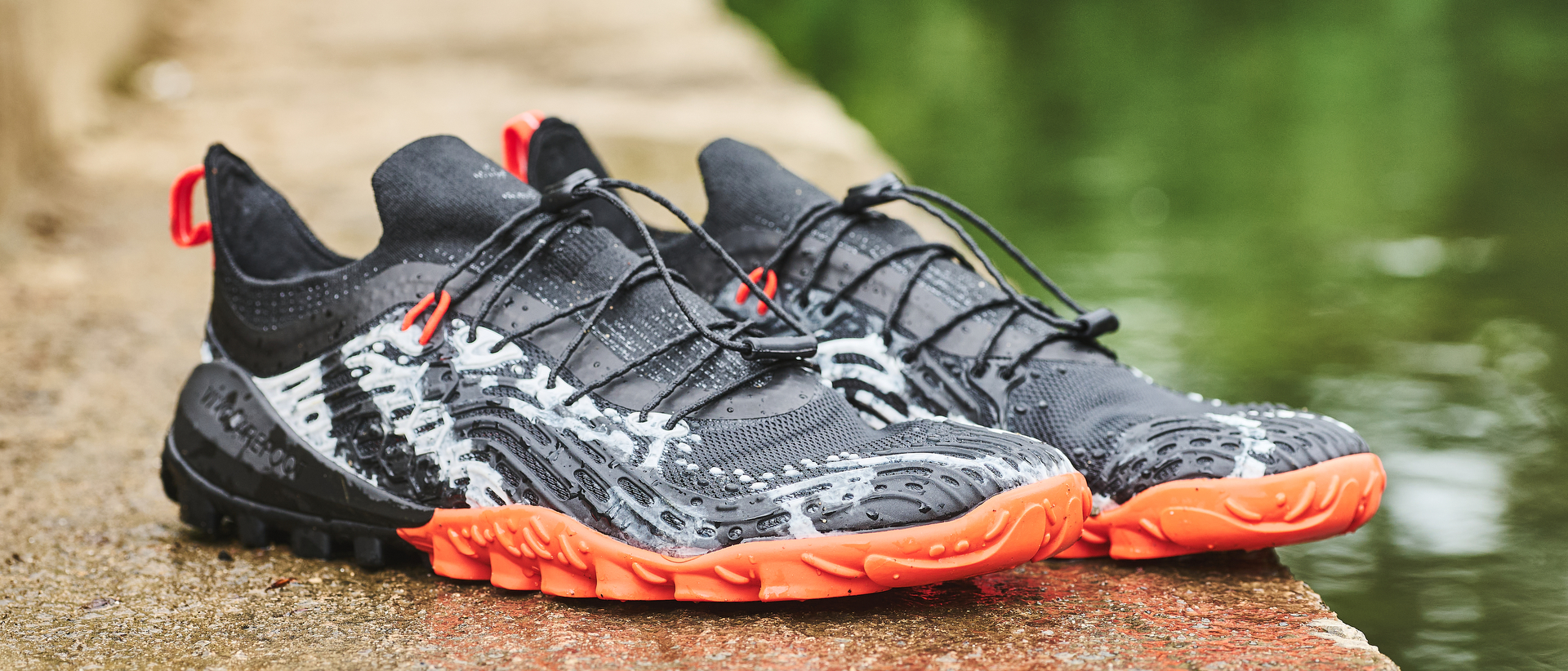Advnture Verdict
Pros
- +
Excellent traction
- +
Fast draining
- +
Great eco-credentials
- +
Vegan materials used
Cons
- -
Lacing system may cause some discomfort without socks
- -
Correct size is imperative - make sure you measure accurately!
You can trust Advnture
Vivobarefoot Hydra ESC : first impressions
• List price: $210 (US), £170 (UK)
• Gender availability: Men’s & women’s versions
• Weight (per shoe): 310g / 10.9oz (women’s US size 7.5, UK 5, EU 38)
• Materials: Synthetic mesh upper (includes recycled materials), Active Bloom Foam Insole (derived from algae), Michelin rubber outsole (52% rubber, 48% additives) with 0.8mm Pro5 Puncture Resistant finish
• Colors (men's & women's): Obsidian and Safety yellow / Safety yellow / Obsidian / Seagreen
• Compatibility: Wild swimming, paddleboarding, trail running and swimrun if wearing socks
I’ve spent years wild swimming but have somehow managed to avoid ever cutting my feet or doing significant damage to myself, other than the time I sliced my ankle on a boat propeller (which I don’t recommend). But that doesn’t stop me from worrying about what I might tread on. I have been caught up in fishing line and picked up giant shards of glass - the latter more times than I care to remember. Recently I’ve been testing a range of water shoes, and the extra security that comes from wearing a rubber soled hoof, as opposed to my usual neoprene boots, has given me a welcome confidence boost when I want to stand up in a river that could have all sorts of nasty things underfoot.
So how did the Vivobarefoot Hydra ESCs stand up against the best water shoes? Here’s how they performed:

Vivobarefoot Hydra ESC: Grip and protection
The Vivobarefoot Hydra ESCs are barefoot shoes, so they have a minimal Michelin rubber 2mm outsole, with 4mm multi-directional lugs that feel cut for traction, and perform well on slippery riverbanks and slimy rocks. The outsoles also have a 0.8mm puncture resistant finish, and they felt reassuringly substantial.
I first tried them at an old favorite swim spot, which is often littered with big rocks underfoot that like to move position, thanks to the urgent speed of the river. Due to the slightly murky water, it’s impossible to know where these obstacles might be until you stumble into one, and this day was no different. Normally that means a few bumps and scrapes but the toe bumper saved me this time, and I felt happy to stride around, without my usual fears about broken bottles and the edges of discarded cans. However, I would have liked a slightly higher toe bumper, as there’s still the possibility of stubbing your toe if you walk into something really chunky.
Many of my preferred coastal swim spots in the UK are rocky rather than sandy, and these shoes really showed their worth at a Welsh beach where the tide comes in notoriously fast, meaning it's easy to whack your foot on a rockpool underwater. Because of this my partner unfortunately cut his feet on the rocks while I emerged unscathed, despite kicking against submerged obstacles several times.
The meatier than average sole (for a barefoot shoe) means that the Vivobarefoot Hydra ESCs are a little less flexible than some other barefoot shoes we've tested, but there’s still a good amount of feedback about what’s under foot - just without the actual discomfort that normally comes with standing on a riverbed. Walking across drying out seaweed I felt confident that the Michelin soles would keep me upright.
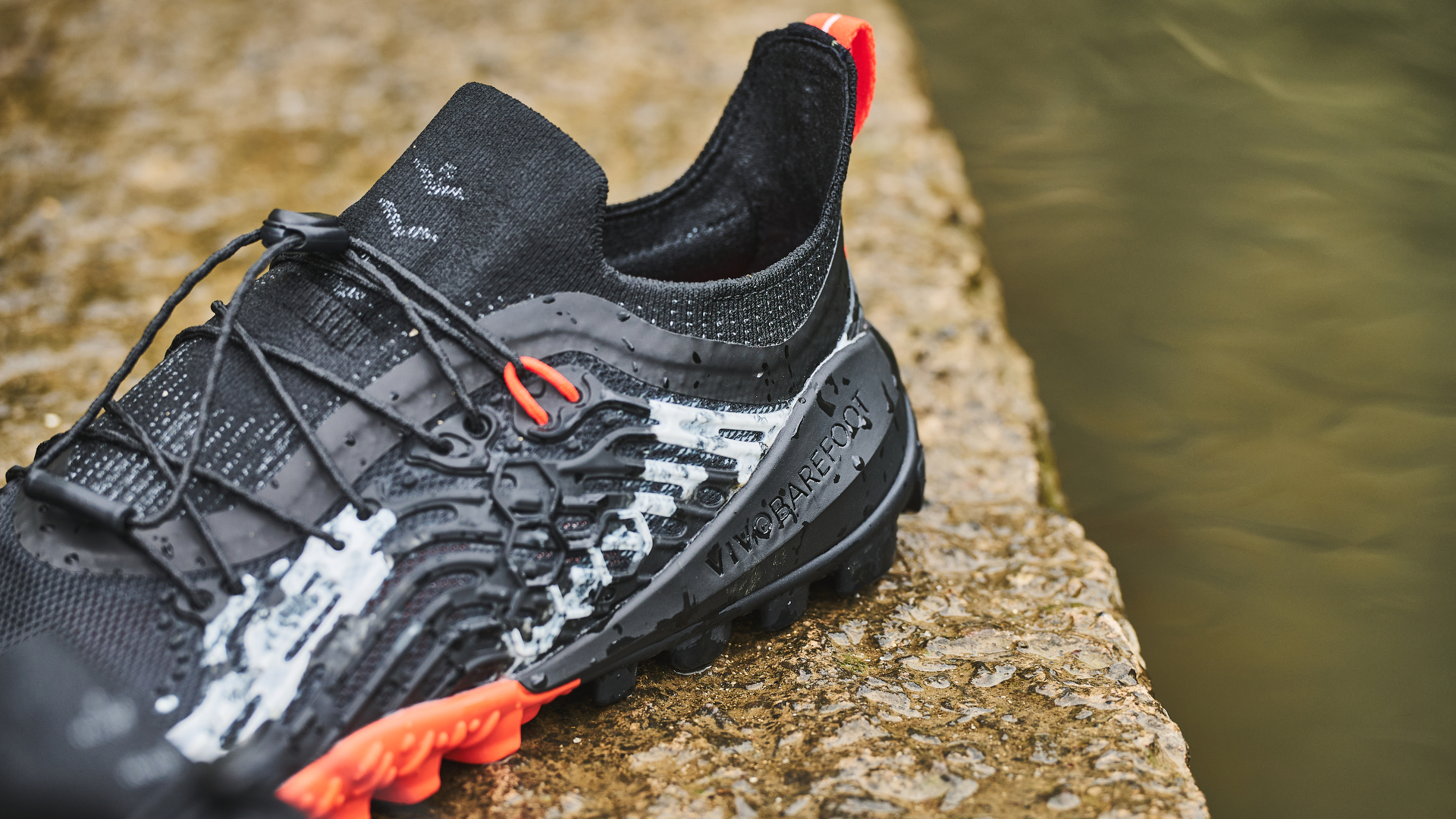
Vivobarefoot Hydra ESC: Fit and comfort
I wear a UK size 8 (US size 10), which normally translates as an EU size 42, but Vivobarefoot use an EU 41 for their women’s size 8s, and these did feel on the snug side (interestingly, the men’s UK 8s are listed as an EU 42). Normally with water shoes I wouldn’t worry about this too much - they need to be a bit of a scrimpy fit to stop them from flapping off inconveniently and floating downstream. And the heel loops do make it relatively easy to pull them on and off, despite the tight fit.
All the latest inspiration, tips and guides to help you plan your next Advnture!
However, the ability to wear socks with these shoes is important for anyone planning to run or walk for extended periods in them as they have a lacing system that runs between the outside and inside of the upper with nothing in between. You can literally pull loops of the laces out from the inside of the shoe. And in my experience that’s a recipe for rubbing, so an extra layer is essential if you’ve got your eyes set on an ÖtillÖ-style swimrun event. The founder of ÖTILLÖ apparently wears Merino wool socks as a liner and we think a Merino mix pair of the best trail running socks would be a good option. As I’m not a runner (thanks knee injuries!) it’s not an issue for me, but do check out Vivobarefoot’s sizing guide to ensure you get the correct fit if you want to wear socks with the Hydra ESCs.
I’m not really sure what the thinking is behind this lacing system, other than maybe saving weight. It appears to be the same as that used in the Vivobarefoot Tempest ESC boot, and the Hydra very much feels like a shorter version of that design, with similar specs, look and construction. But I keep coming back to this feeling that an extra layer here to cover the laces on the inside of the shoe would add a significant amount of comfort that otherwise feels lacking. The laces are fairly thin and work on a toggle system, which you can then tuck into a little knitted pocket on the upper.
I was happy to see a little padding around the ankle, giving some added protection to one of the most vulnerable areas on our feet but why isn’t there any between the laces and the top of your foot?
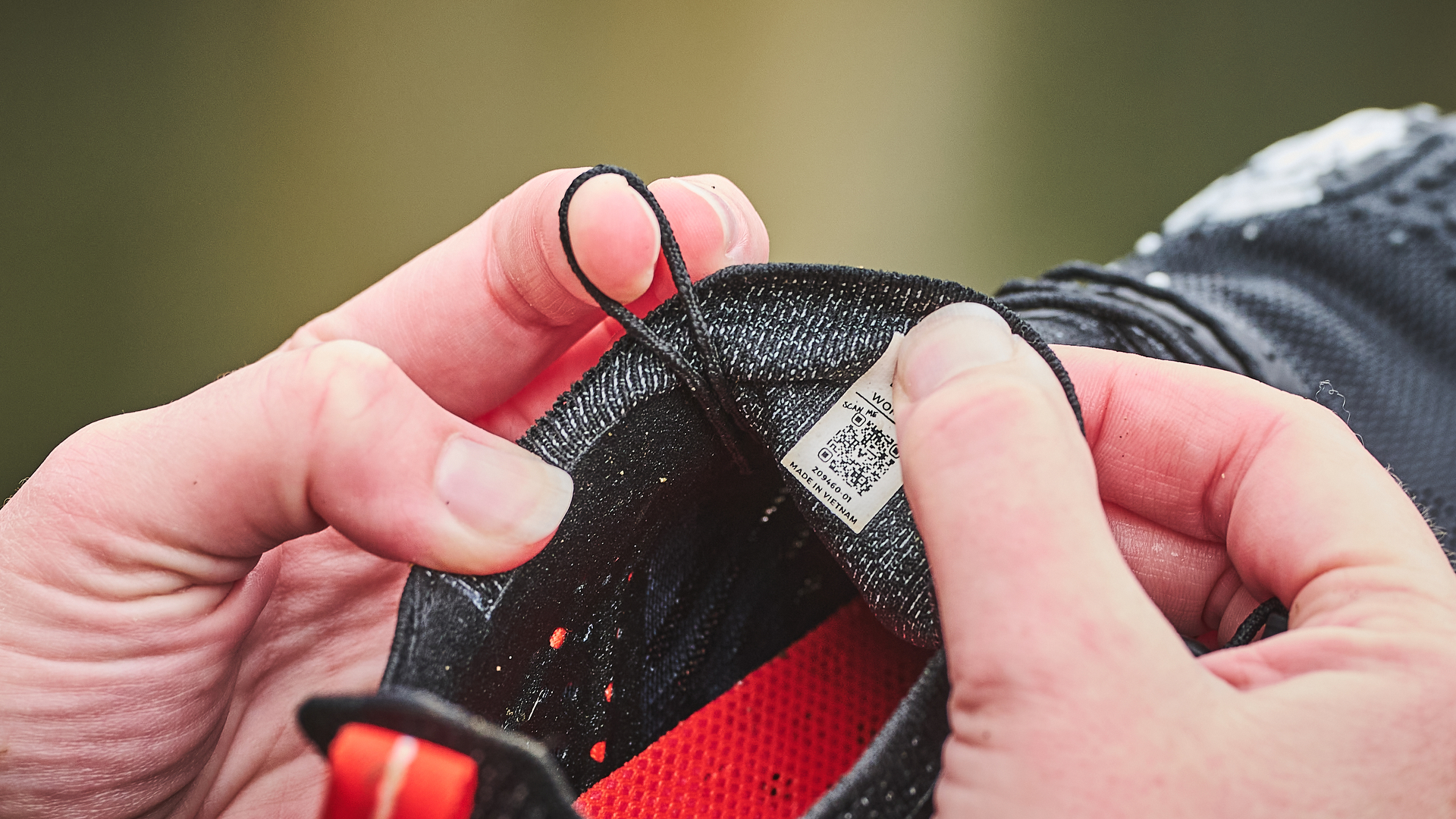
Vivobarefoot Hydra ESC: Environmental impact
Vivobarefoot prides itself on its eco-credentials and the Hydra ESCs are no exception. Yes, the outsole is Michelin rubber, but it is built to last. Vivobarefoot says all its main materials are vegan and not derived from animals, although they don’t yet have full transparency over every single small component. So they don’t claim to be fully vegan, but they’re working on that.
The insoles are made from Active Bloom Foam, which the company says is a sustainable alternative to EVA foam (made from synthetics and petrochemicals). The uppers are synthetic, with a large proportion of recycled materials.
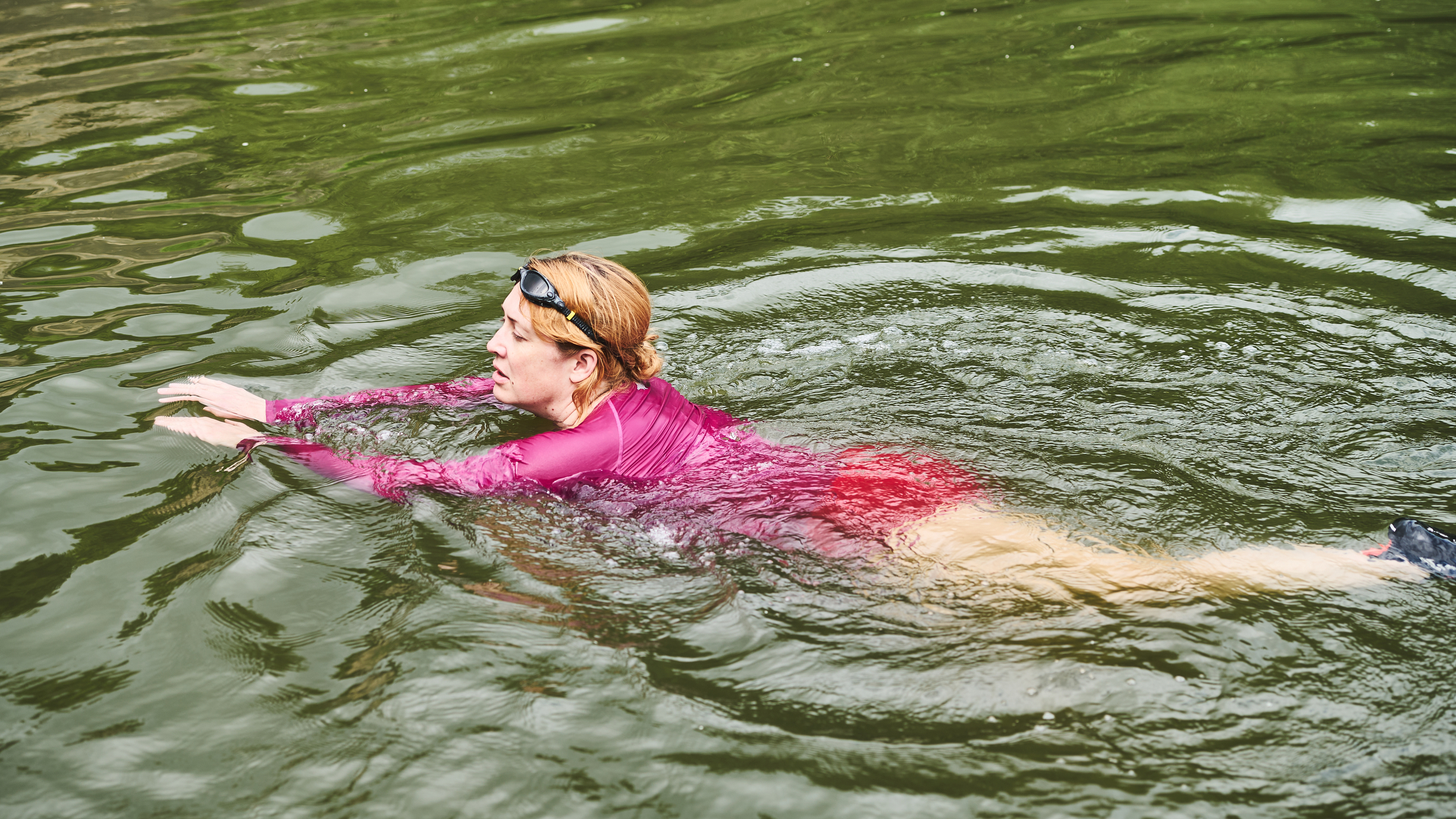
Vivobarefoot Hydra ESC: Swimming and drainage
I normally swim barefoot, saving my neoprene boots for winter swimming sessions only, as they reduce feel for the water and create a little extra drag. I was worried that the Vivobarefoot Hydra ESCs would be a worse version of this, and thanks to the chunky soles, they don’t exactly have a barely-there feel. However, the wide toe box and narrow heel actually created a similar effect to wearing small training fins for me and so I didn’t feel like they were holding me back - there is some drag of course, but this felt like it was offset by the propulsive shape.
The uppers, made from recycled synthetic mesh, and with an integrated tongue, are fast-draining so you won’t be piling on weight there. They did take a couple of days to dry out after languishing in the bottom of my D-Robe 20L dry bag overnight, but I wasn’t particularly conscientious - if you stuff them with paper they should dry in no time. I've had these shoes a couple of weeks, so look out for an update on this review when they've had a longer testing period.
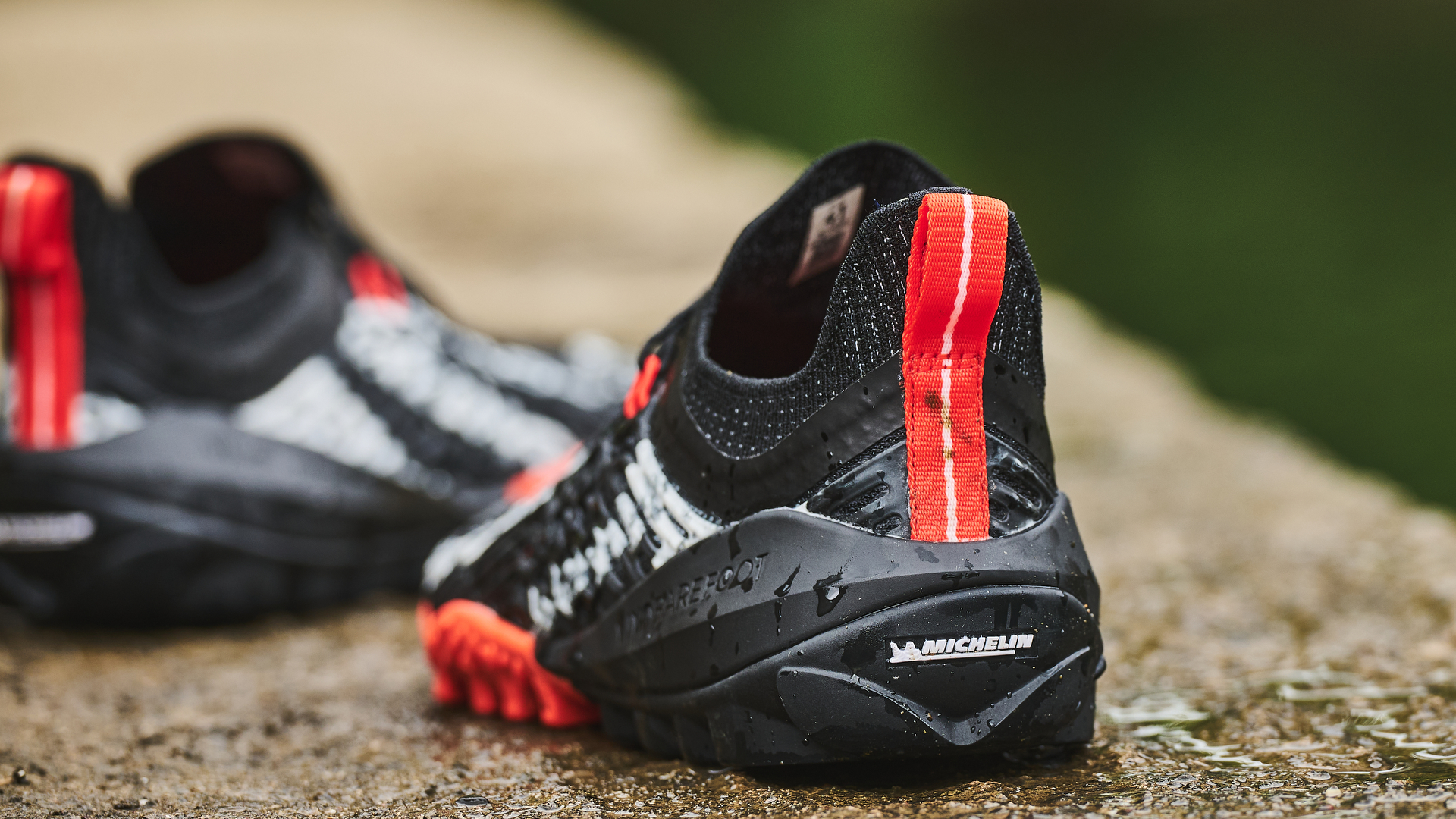
- How Advnture tests products
- The best water shoes 2024: tested for traction and protection in the water
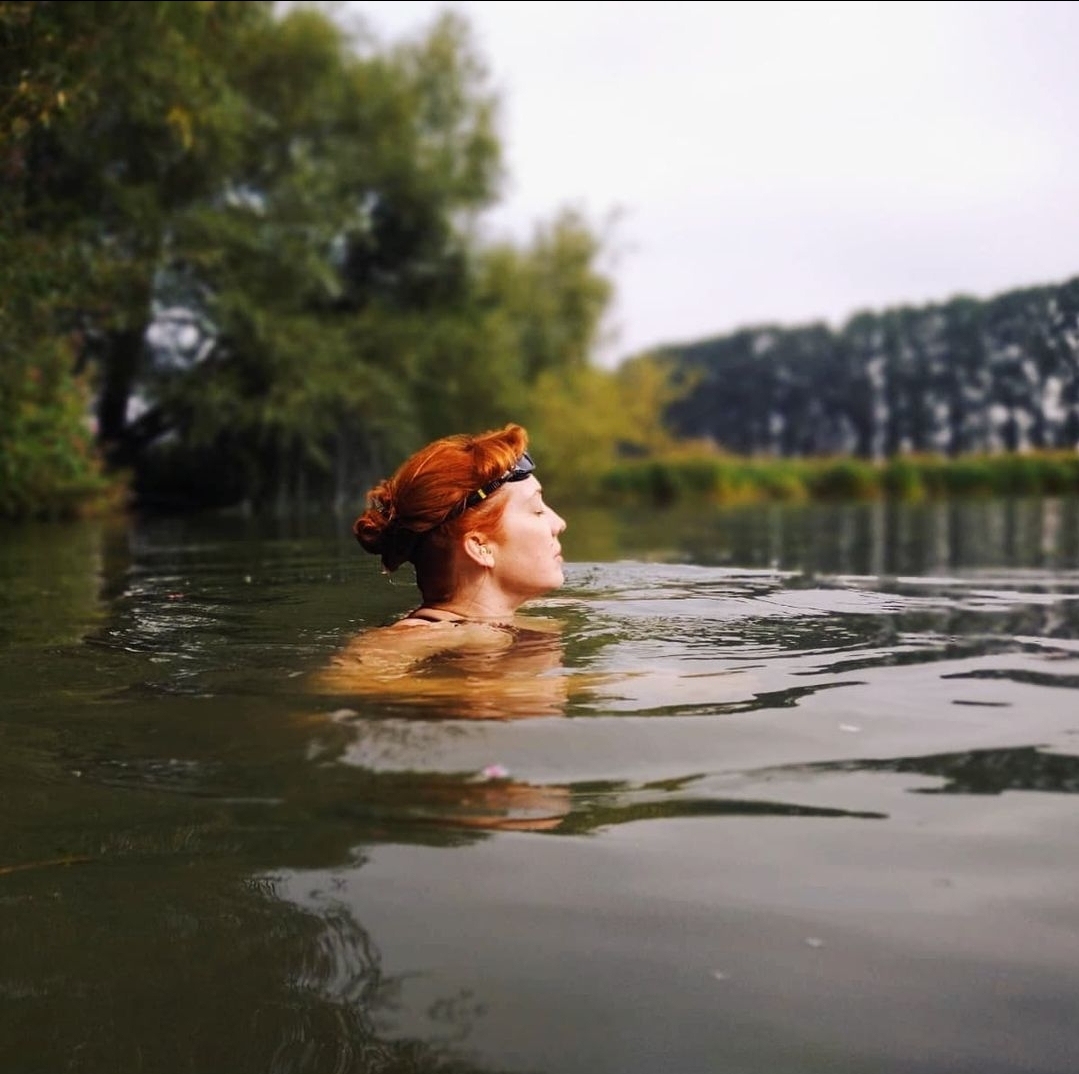
Rosee Woodland developed a taste for adventure at a young age, growing up in a home where camping was the default holiday, and good weather was a vacation bonus rather than a necessity. After bike-packing the length of France in her mid teens with her family, she started to undertake solo forays in her 20s, usually without the benefit of much technical gear at all. Happily, the years she later spent as a mountain biking journalist eventually gave her an appreciation of decent kit! These days she loves a water-based adventure, and is an outdoor swim coach, and a keen free diver. She has a soft spot for Northern Ireland's Mourne mountains, and can also be found hiking and kayaking in Pembrokeshire and the South West of the UK.
